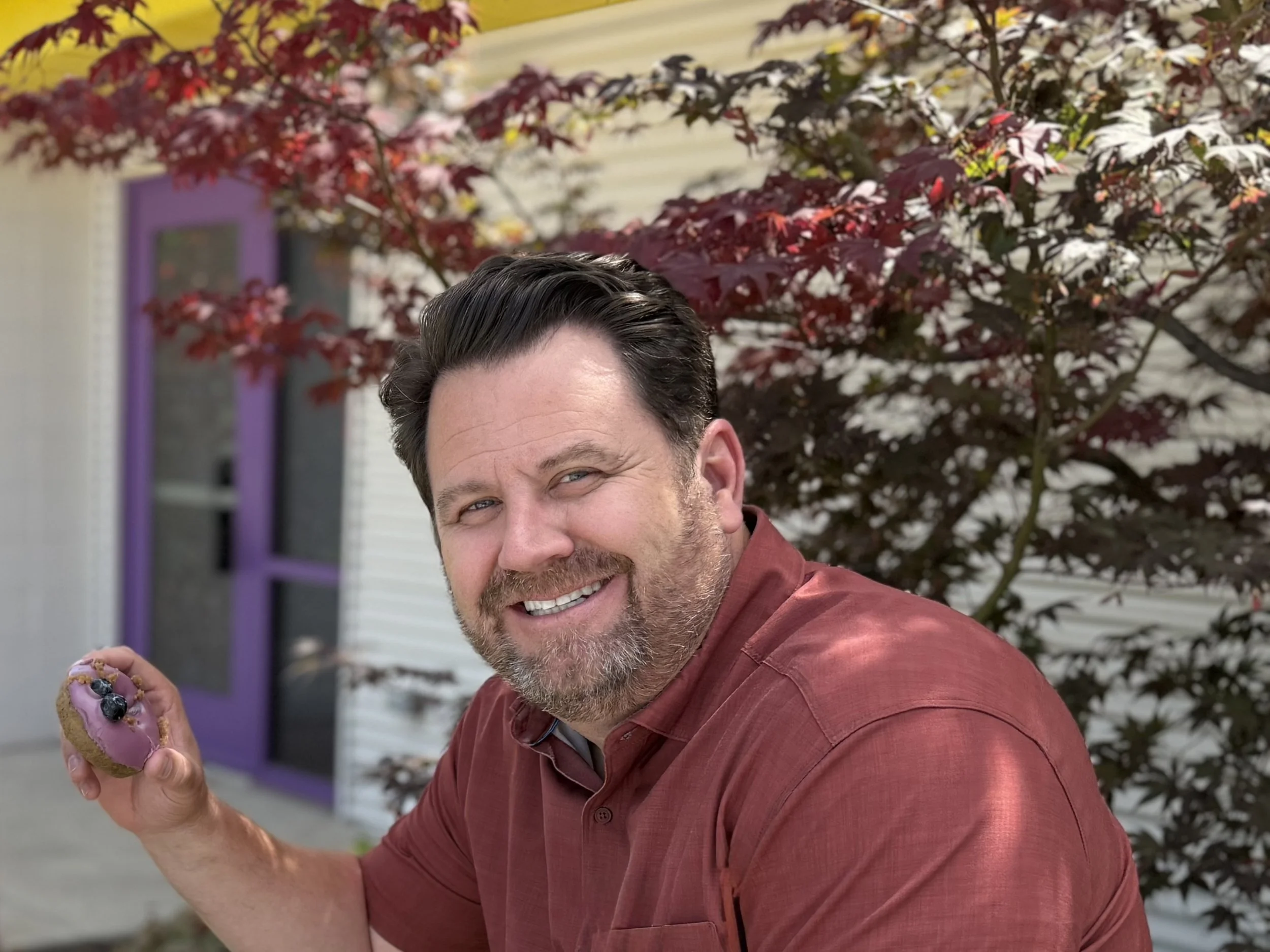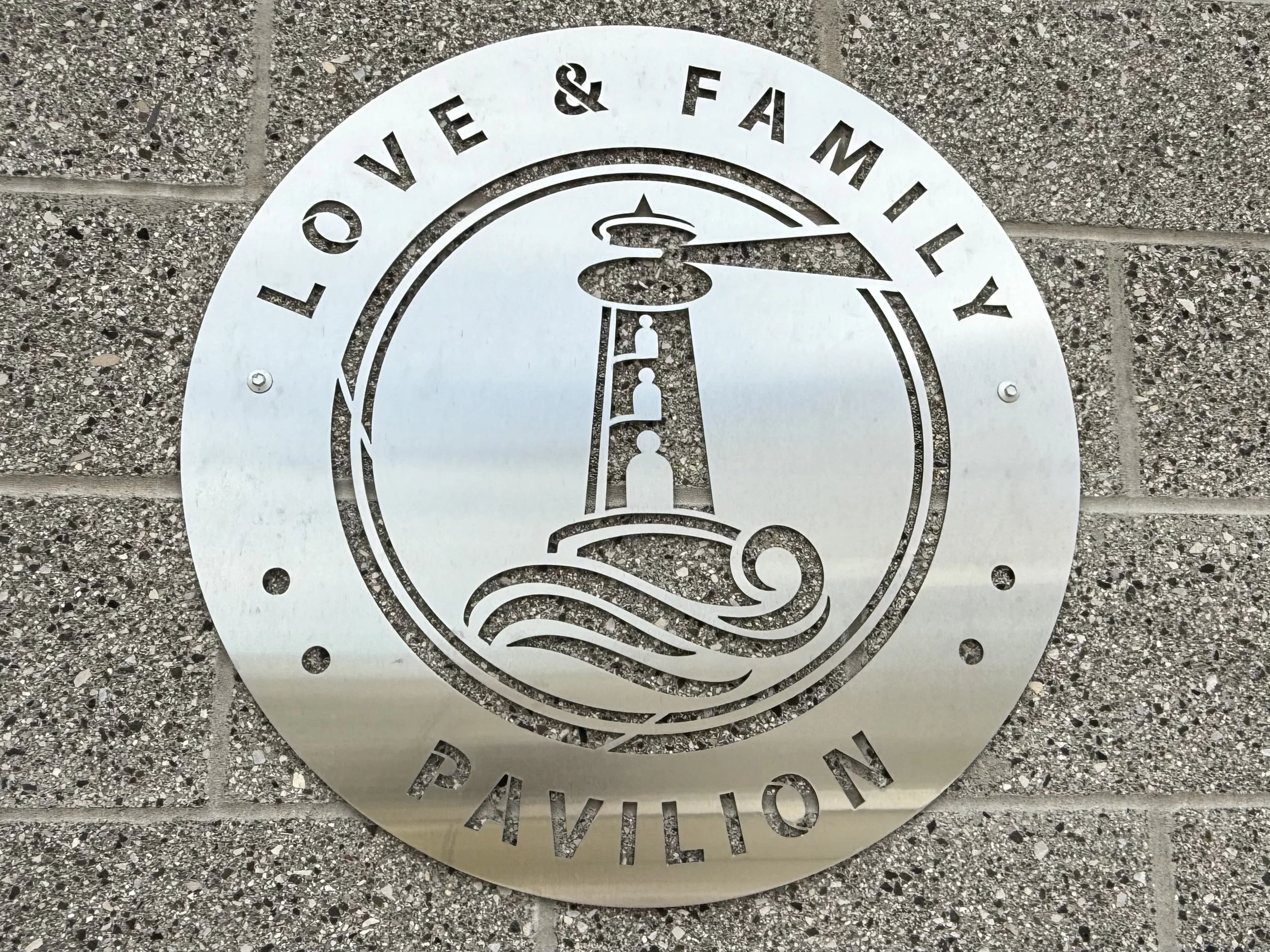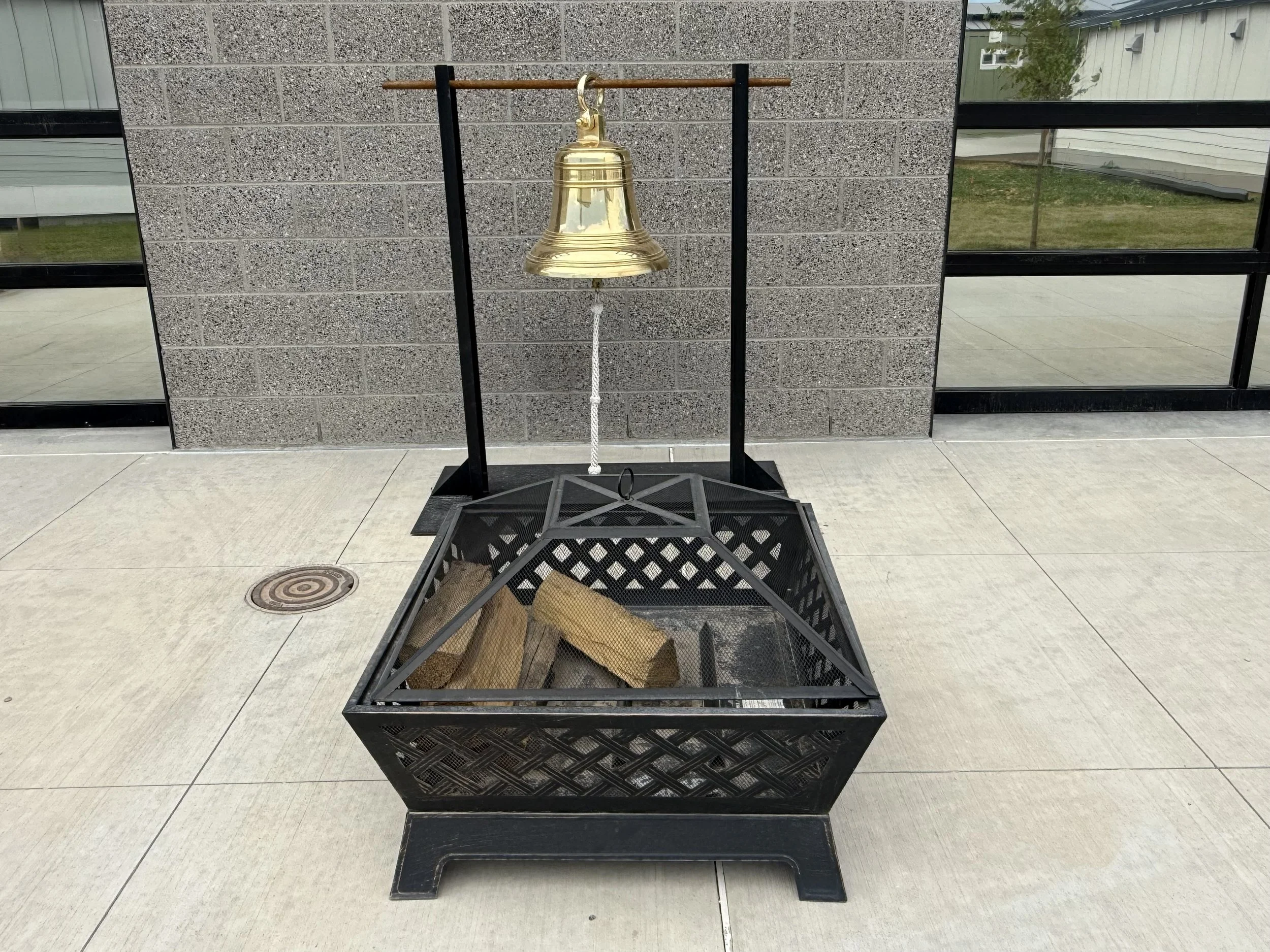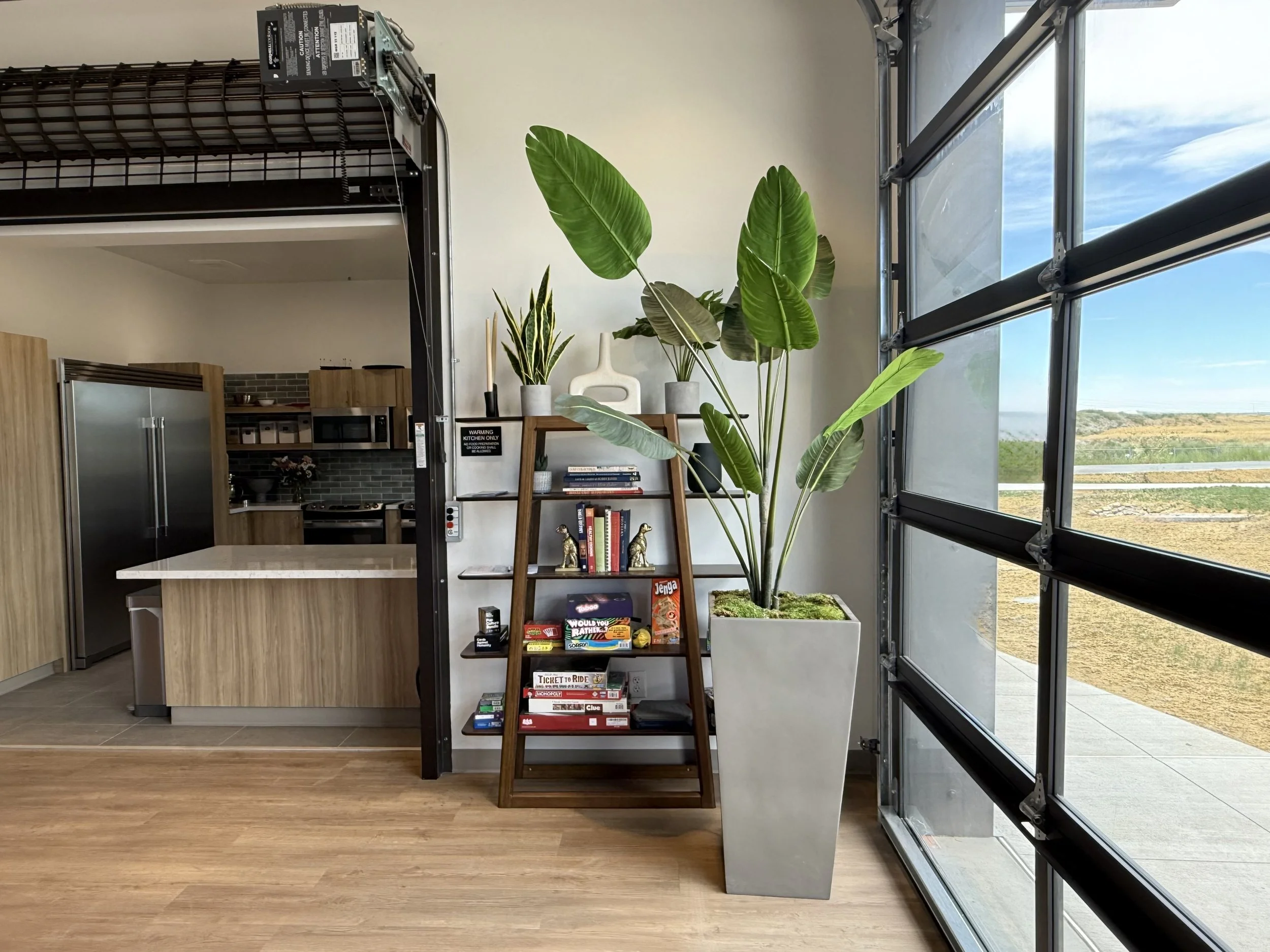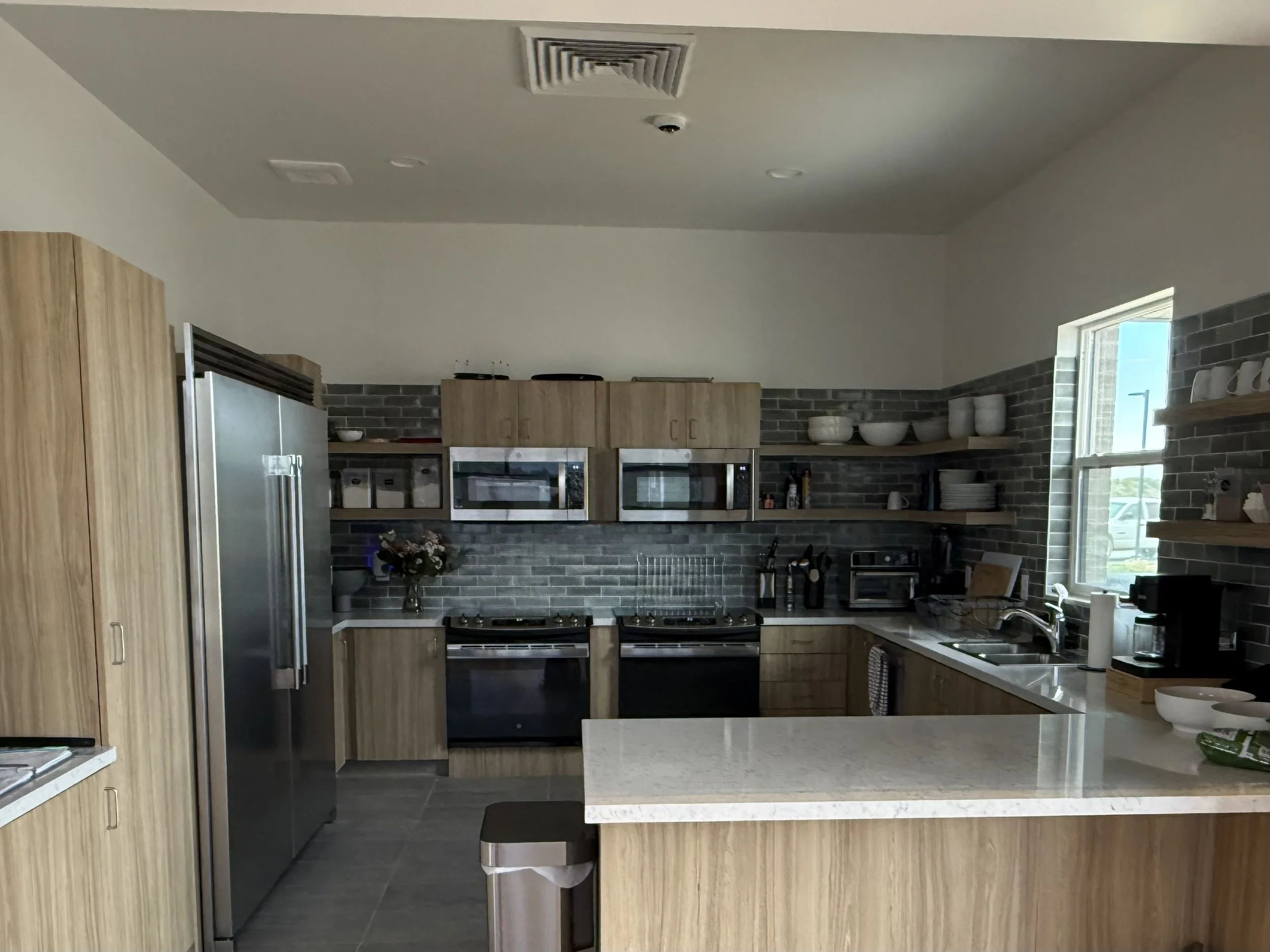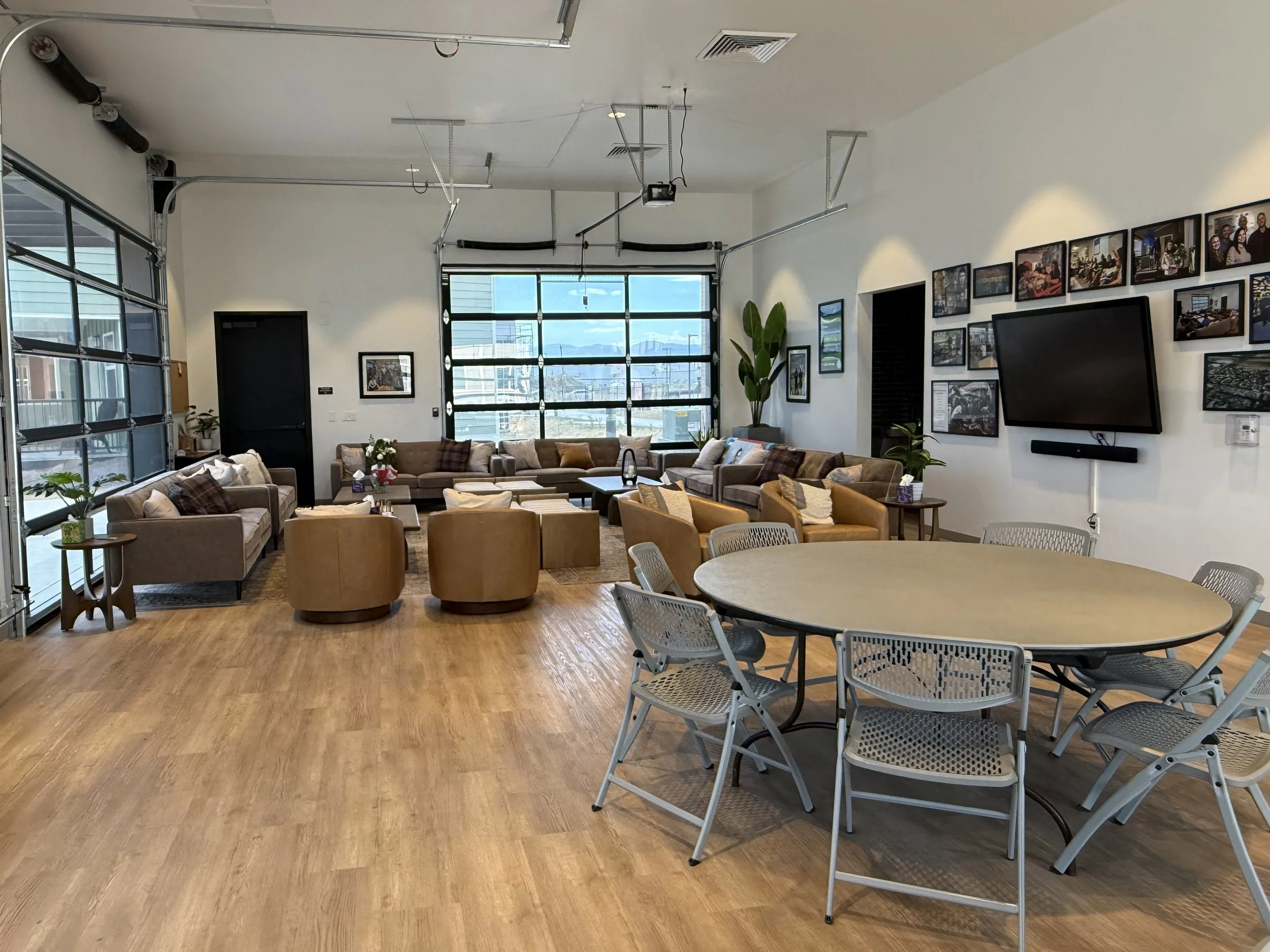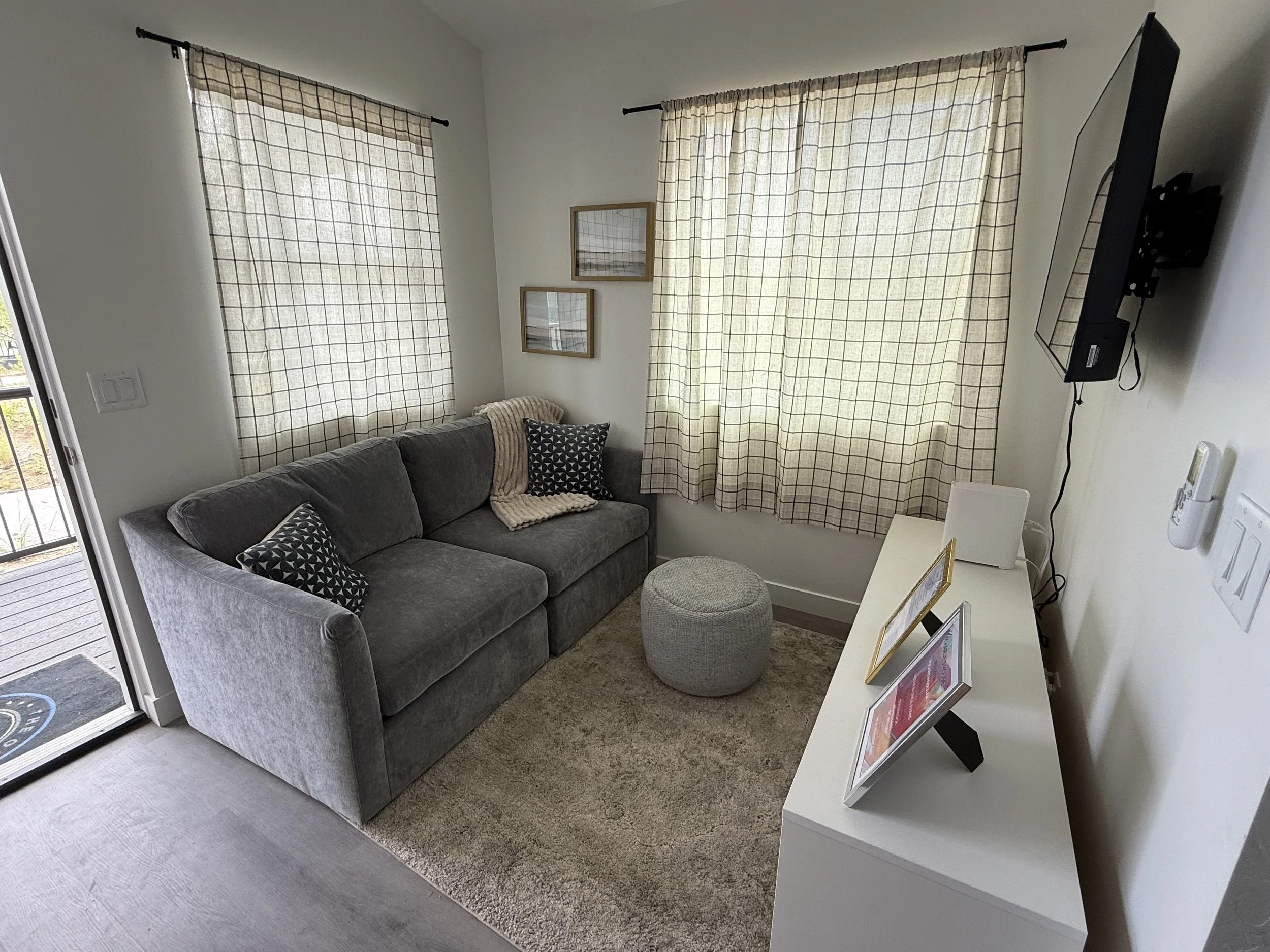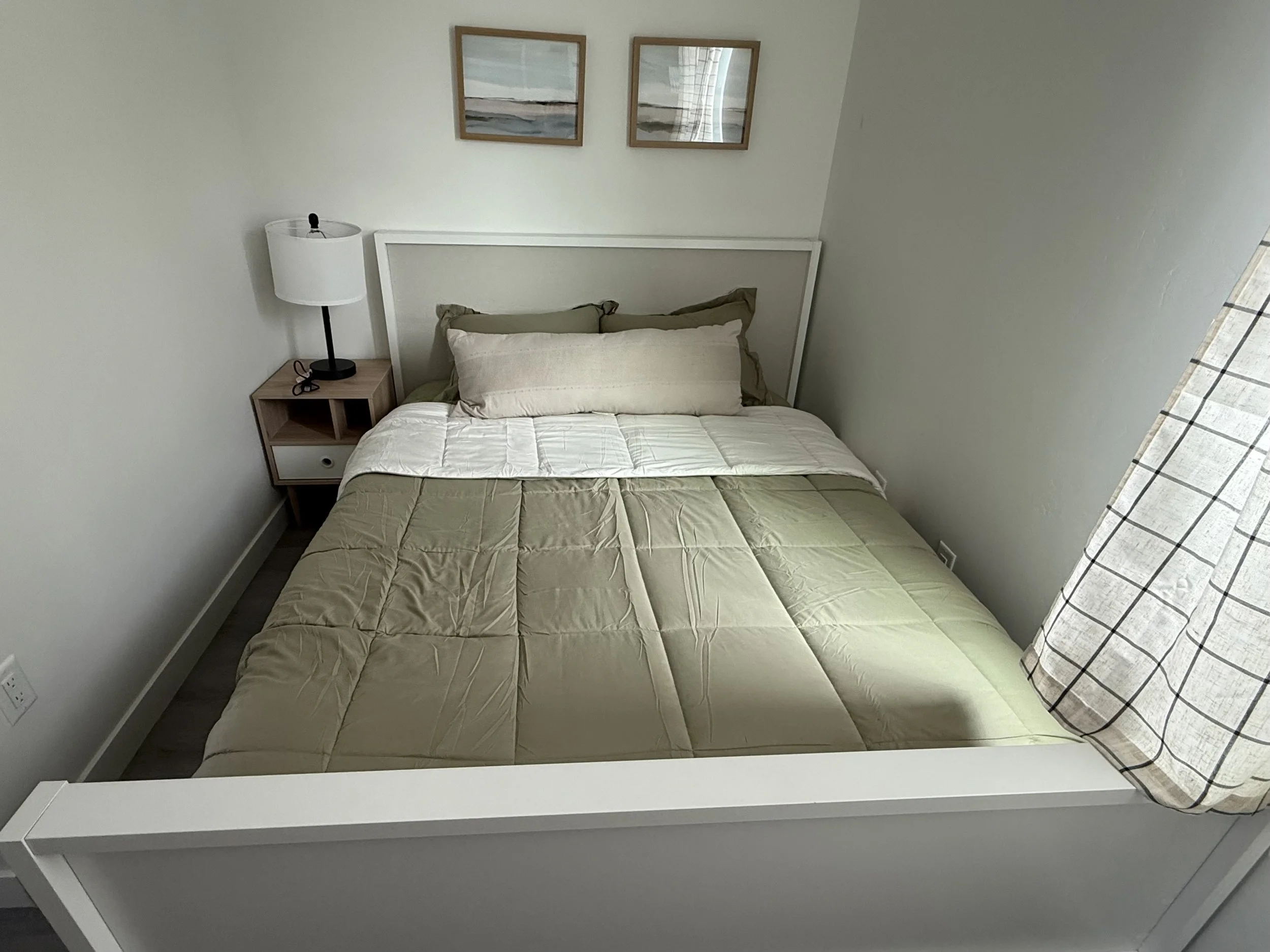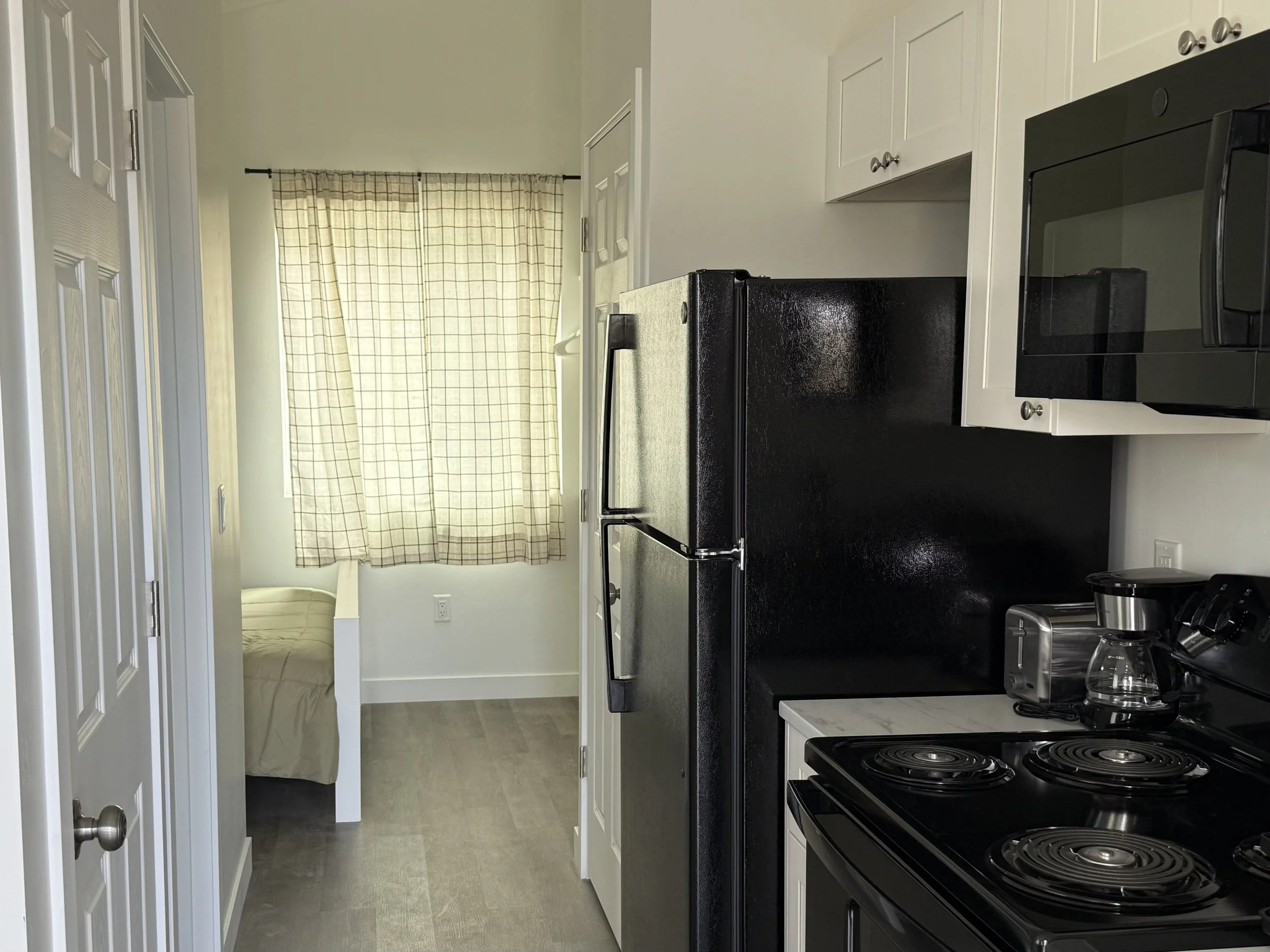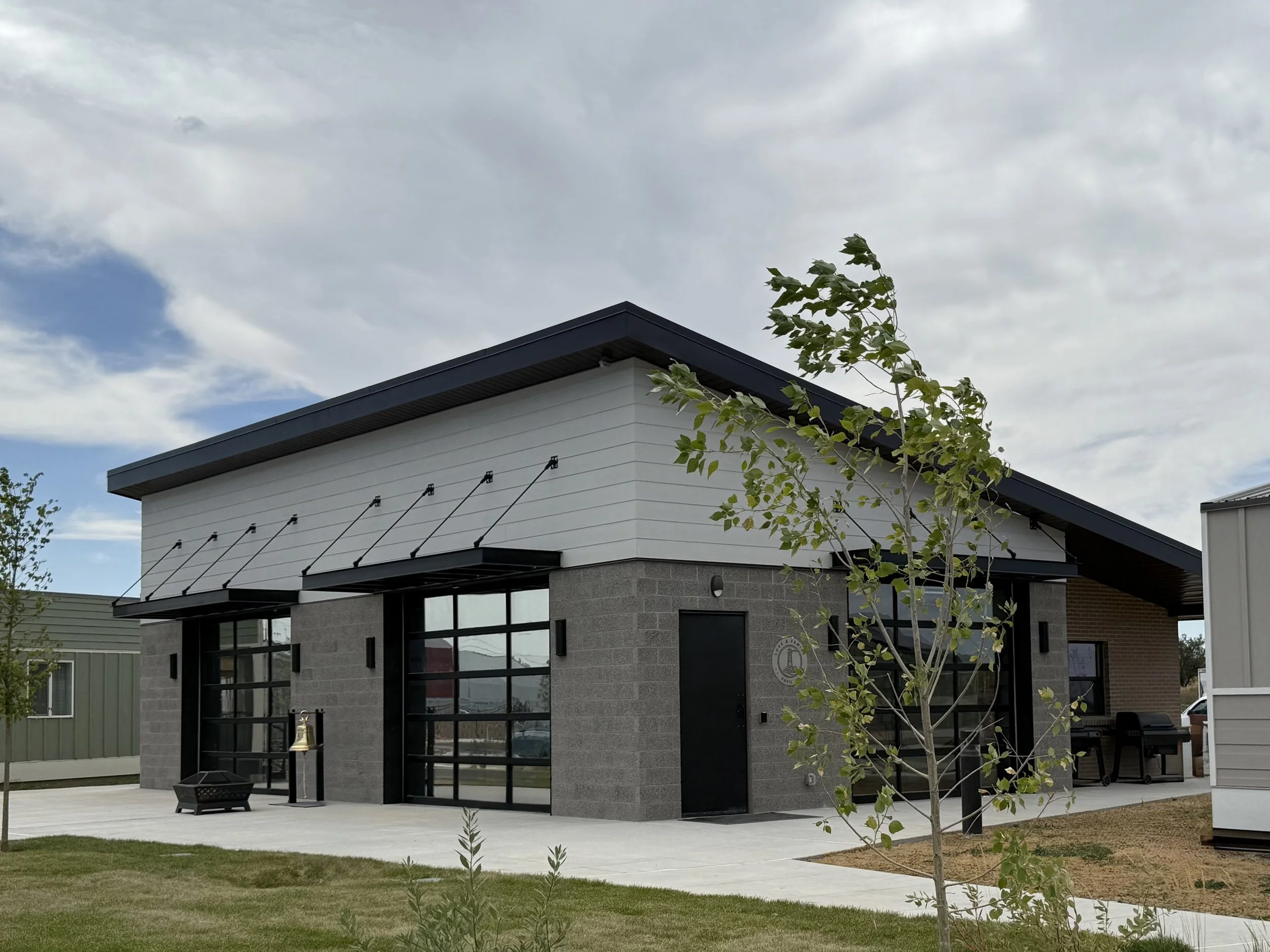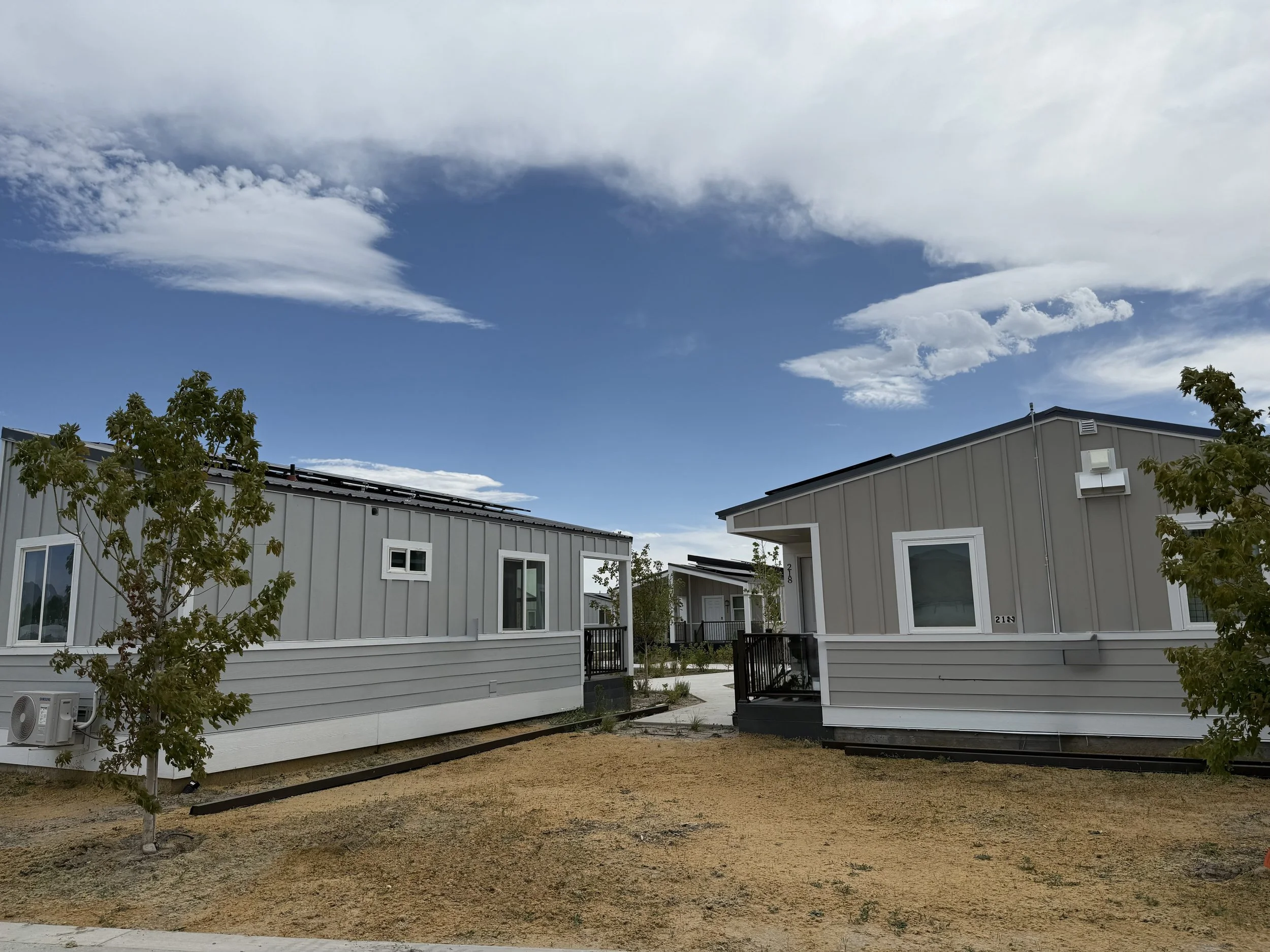The Other Side Village
Address: 1882 West Indiana Avenue
Telephone: 801-618-1234
Website: theothersidevillage.com
District: Glendale
“Housing alone will never solve homelessness, but community can,” shared Camilla “Winnie,” Vice President of The Other Side Village. From the moment she voiced that conviction, everything began to align. Inspired by what she had witnessed at Community First Village in Austin, Texas, she returned to Utah with a vision - not just for housing, but for healing. “It’s the whole person, first. Housing comes last.”
To bring that vision to life, Winnie turned to someone who understood both heart and action: Preston Cochrane. As a child, Preston had been immersed in the power of community - watching his father, a coach and stadium organist, build bridges through music and sports. Preston’s own career followed a winding but purposeful path, from nonprofit financial education and credit counseling, to leadership roles in both the private sector and the homelessness services space. When Winnie invited him to help build a new kind of community, he did not hesitate. “Let’s do this here,” they agreed. And Preston thought, “Absolutely.”
Together, Winnie and Preston imagined something deeper than a housing project. They envisioned a Village - a place where people could rediscover their worth, build relationships, and find purpose again. What emerged was a model rooted in accountability, beauty, and human dignity.
Winnie had been inspired by The Other Side Academy, a residential program in Salt Lake City started in 2015, patterned after Delancey Street in San Francisco. “It’s a ‘working’ training school,” she explained. “Not a rehab or sober living program.” With its thirty-month peer-led model centered on structure and mutual accountability, the Academy had shown just how powerfully people can transform when given the chance. But it served a specific population. What was needed now was something new - something that could support individuals experiencing chronic homelessness, especially those also navigating mental health challenges.
By late 2023, Preston had been named CEO of The Other Side Village. He brought with him a rare blend of nonprofit management, mental health knowledge, and hands-on homelessness advocacy. As the former Executive Director of Shelter the Homeless, he had overseen large-scale construction and services expansion. But this was different. This was personal.
The journey to create the Village was anything but smooth. The land, set in Salt Lake City’s west side, needed significant soil remediation. There were delays, design revisions, and challenges at every turn. But the vision never wavered. Every cottage, every pathway, every detail was created with intention.
The Village’s lighthouse logo symbolizes its mission: a beacon of safety and belonging. And when The Other Side Village finally opened its doors on December 30, 2024, six neighbors moved into their new homes - tiny cottages, approximately 320 to 350 square feet, each fully, and tastefully, furnished with a kitchen, pantry, refrigerator, and utilities. These are not shelters. They are homes.
But no one arrives at a cottage on day one. Every prospective resident begins with prep school, a six-month program designed to stabilize life, foster accountability, and instill the Village’s core values. “We wanted them to come in ready,” Winnie said. “We didn’t want anyone to struggle to get set up.” Only when trust, sobriety, and responsibility have taken root are the keys handed over.
By summer 2025, fifteen residents had completed the prep school and earned their place in the Village. They pay rent - typically between $250 and $500 per month - based on their income and readiness. But the true cost of admission is commitment: to growth, to service, and to one another.
At the heart of the Village is the pavilion, a welcoming clubhouse that serves as a communal kitchen, living room, and laundry space. This is not incidental design. It is where the community becomes family. Preston describes it as a “democratic therapeutic community,” where residents govern themselves and hold each other accountable. There is no hierarchy, just peers supporting peers.
The Village practices PPR - Pull Up, Pass, Resolve - a model rooted in honesty and compassion. When someone struggles, the community responds - not with punishment, but with guidance. As Preston puts it, “It’s love that holds you accountable, not lets you stay broken.”
Work is essential to the Village’s success, not just for income, but for identity and purpose. Residents contribute through landscaping, security, transportation, grocery services, and within the Village’s social enterprises. One such enterprise is The Other Side Donuts, which provides meaningful employment while helping sustain the Village’s operations. Importantly, the Village does not rely on government funding. Instead, it thrives through private donations and the dignity of enterprise, a principle carried over from the Academy and Delancey Street models.
The results speak for themselves. Every resident who has moved from prep school into a cottage has remained employed, sober, crime-free, and stably housed. That is not just a statistic. It is a testament to what is possible when housing is paired with hope. “This isn’t housing,” Preston said. “It’s healing - a place where people rediscover they still belong.” And Winnie echoed that sentiment with quiet clarity: “We believe in beauty, connection, and belonging. And that’s how lives get saved.”
What began as a bold idea, a village rooted not in concrete but in community, has now become a growing, thriving neighborhood. "One life at a time. One home at a time. One village of hope."

